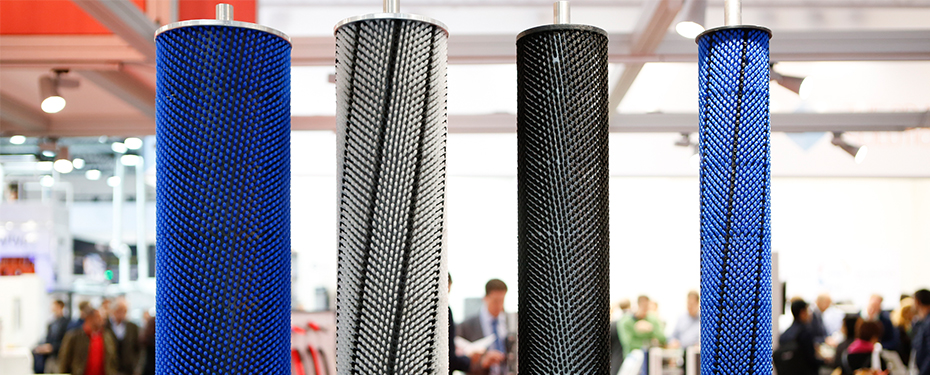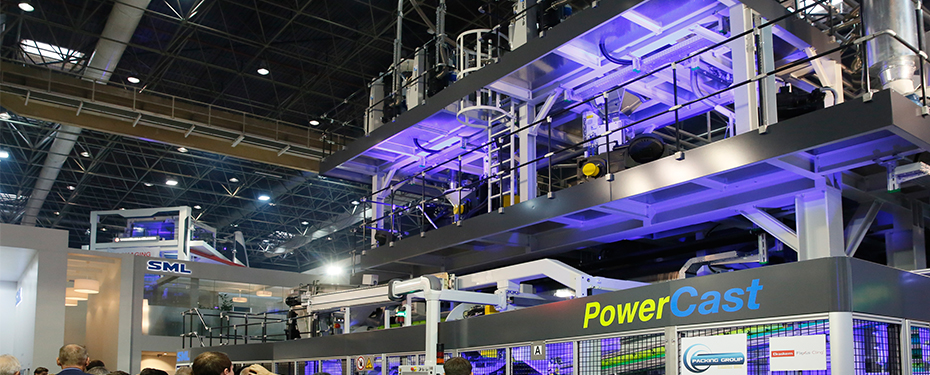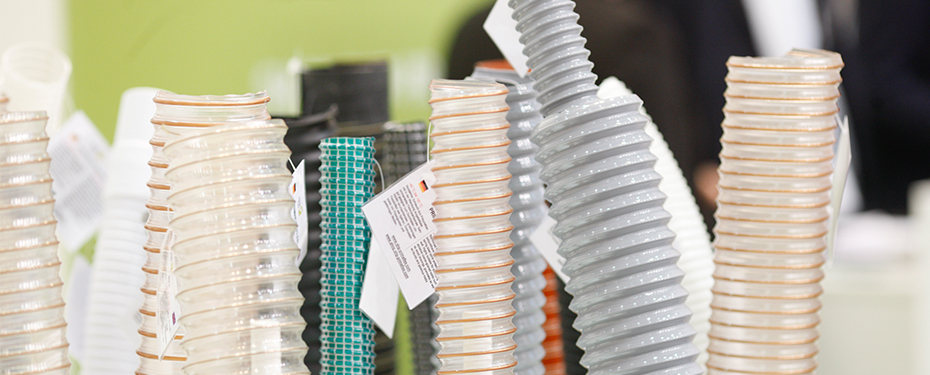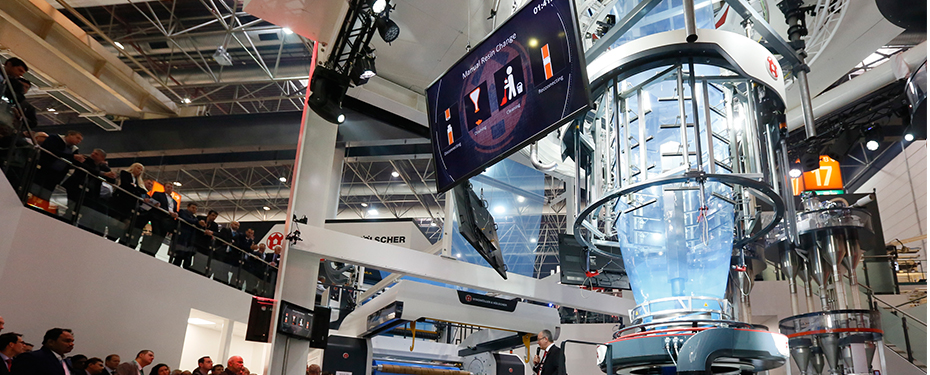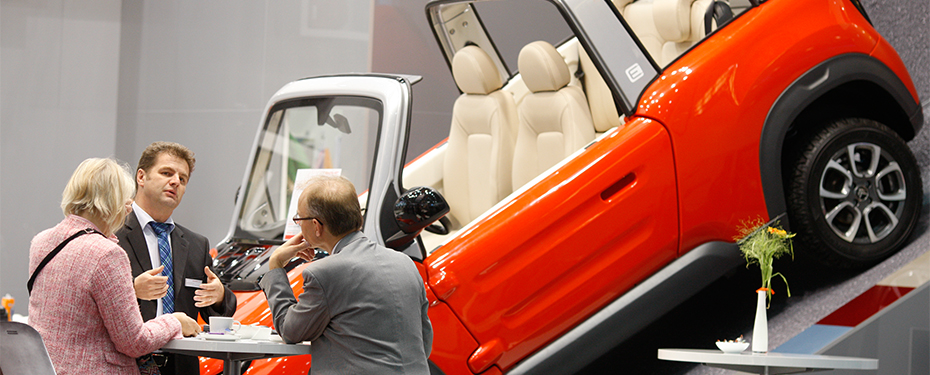European injection moulding industry thrives as most markets recover
The European injection moulding industry is thriving as most of its markets have recovered
from the economic collapse which struck over a decade ago, according to a new study by
leading industry consultants, Applied Market Information Ltd (AMI Consulting). In 2018 the
industry value from virgin polymer exceeded EUR85 billion, an average growth of 3% p.a. since
2007, supported by growing polymer demand and added value opportunities, together with
increased polymer prices. The industry is also taking increasing advantage of the use of
recyclate feedstocks which added about 8% to the industry value in 2018. The versatility of the
injection moulding process lends itself to serving an extremely diverse market portfolio with
demand, in terms of polymer volume, being led by the packaging, automotive and electronics
sectors. Each market faces different opportunities and challenges, particularly as the plastics
sector and the applications it serves comes under increasing environmental scrutiny. Since AMI
Consulting’s prior report on the sector in 2014 all the key market segments have grown, with
packaging exhibiting the most sustained growth whilst automotive has seen most robust
growth in the last 4 years. Overall demand for injection moulding has seen an average growth
of 1.6% p.a. in virgin polymer demand taking it above 12 mln tons in 2018.
Injection moulding is the most fragmented plastics industry with at least 8,000 companies
operating the process in Europe. These businesses range from being single site moulding
operations (over 90%) through to multi-national enterprises with many moulding locations in
Europe. The industry is attracting private equity investment and some companies are publicly
quoted but about 95% of the businesses are family owned. The globalisation of the customer
base is also attracting investment from outside of Europe, particularly to serve the OEMs in the
automotive and electronics sector that have invested in the region.
will also revolve around the key issues of circular economy, resource conservation and digitisation, all of which will be addressed at exhibition stands and by the accompanying programme.
However, the fragmentation of the injection moulding industry and the plethora of markets it
serves leads to an intensely competitive business environment in which there have been
winners and losers. Since 2014 the total number of injection moulding sites in Europe has
fallen, despite substantial investment in new sites in Central Europe. Companies have closed or
consolidated mainly because of a shift of the customer base within Europe, its exit from the
region or its decline in Europe due to inter-regional competition or technology progression.
Within this context, many participating in the industry might be considered to be ‘surviving’.
About 17% of moulding sites participate in the industry as in-house or proprietary product
producers, which may be considered to have more control of their own destiny, but the
majority are custom moulders whose success depends on their selection of product focus and
customer base. Many differentiate themselves by specialising in a single market whilst others
spread their business across a range of customers in different sectors. The report identifies
the few hundred moulders that process more than 10,000 tonnes of polymer per year and
discusses those processing more than 15,000 tons in the context of the markets they serve.
Together these companies represent approximately 58% of the total volume of virgin polymer
processed by injection moulding.

